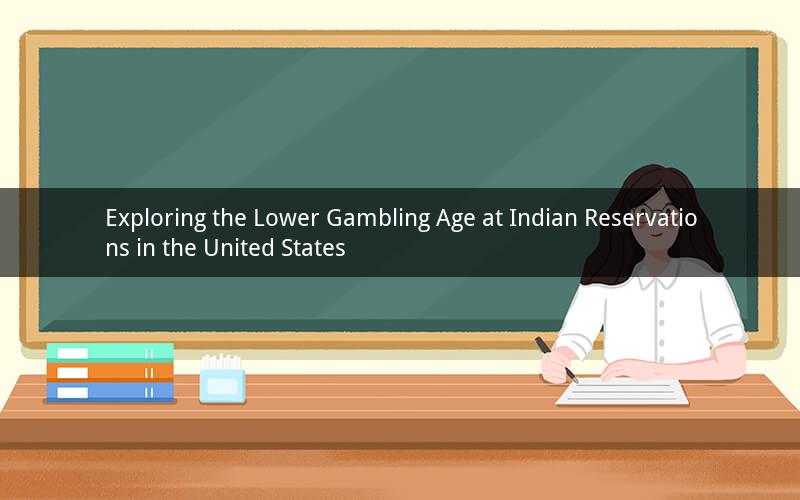
Introduction:
The topic of gambling age at Indian reservations has sparked considerable debate and controversy. While the legal gambling age in most states is 21, certain tribes have the authority to set their own age limits. This article delves into the reasons behind the lower gambling age at Indian reservations and examines the implications of this policy.
1. Why is the gambling age lower at Indian reservations?
The primary reason for the lower gambling age at Indian reservations is the unique legal status of tribes. As sovereign nations, tribes have the authority to regulate gambling within their territories. This includes setting the age limit for gambling activities on their reservations. The rationale behind this policy varies among tribes, but some common reasons include:
a. Economic benefits: Lowering the gambling age can attract more players, leading to increased revenue for tribes. This revenue is often used to fund essential services and programs for tribal members.
b. Cultural significance: Some tribes view gambling as a traditional activity with cultural roots. By allowing younger individuals to participate, they can preserve and promote their cultural heritage.
c. Tribal sovereignty: Tribes assert their right to self-governance and autonomy in setting their own policies, including the gambling age. This policy reinforces their sovereignty and allows them to address the specific needs of their community.
2. What are the implications of the lower gambling age at Indian reservations?
The lower gambling age at Indian reservations raises several concerns and implications:
a. Legal and ethical issues: Critics argue that allowing individuals under the legal gambling age to participate in gambling activities raises legal and ethical questions. They contend that it can lead to addiction, financial problems, and other negative consequences for young people.
b. Public safety: There is a concern that lowering the gambling age could increase the risk of underage gambling-related crimes, such as fraud and theft. Additionally, younger individuals may be more susceptible to the negative impacts of gambling addiction.
c. Social and health consequences: Studies have shown that gambling addiction can have severe social and health consequences, including financial distress, mental health issues, and family problems. The lower gambling age at Indian reservations may exacerbate these issues among younger individuals.
3. How do tribes determine the gambling age on their reservations?
Each tribe has the authority to set its own gambling age, and the process for determining this age varies. Some tribes may consider the following factors when establishing their gambling age:
a. Cultural values: Tribes may base their decision on their cultural values and beliefs regarding gambling and its role in their community.
b. Legal requirements: Some tribes may be influenced by federal and state laws that govern gambling age limits.
c. Community consensus: Tribes may consult with their members to gauge their opinions on the appropriate gambling age.
4. Are there any restrictions or regulations in place for underage gambling at Indian reservations?
While tribes have the authority to set their own gambling age, many have implemented restrictions and regulations to protect underage individuals. These may include:
a. Identification requirements: Many tribes require players to provide identification to verify their age before allowing them to participate in gambling activities.
b. Age verification systems: Some tribes use age verification systems, such as photo ID scanners, to ensure that only individuals of legal age are gambling.
c. Education and awareness programs: Tribes may offer programs to educate young people about the risks of gambling and promote responsible gaming.
5. What is the public's perception of the lower gambling age at Indian reservations?
Public perception of the lower gambling age at Indian reservations is mixed. Some individuals support the policy, arguing that it promotes tribal sovereignty and economic development. Others are concerned about the potential negative consequences for young people and the broader community.
Conclusion:
The lower gambling age at Indian reservations is a complex issue with various implications. While tribes have the authority to set their own gambling age, it is crucial to consider the potential risks and benefits associated with this policy. Balancing economic interests, cultural values, and public safety will be essential in shaping the future of gambling at Indian reservations.